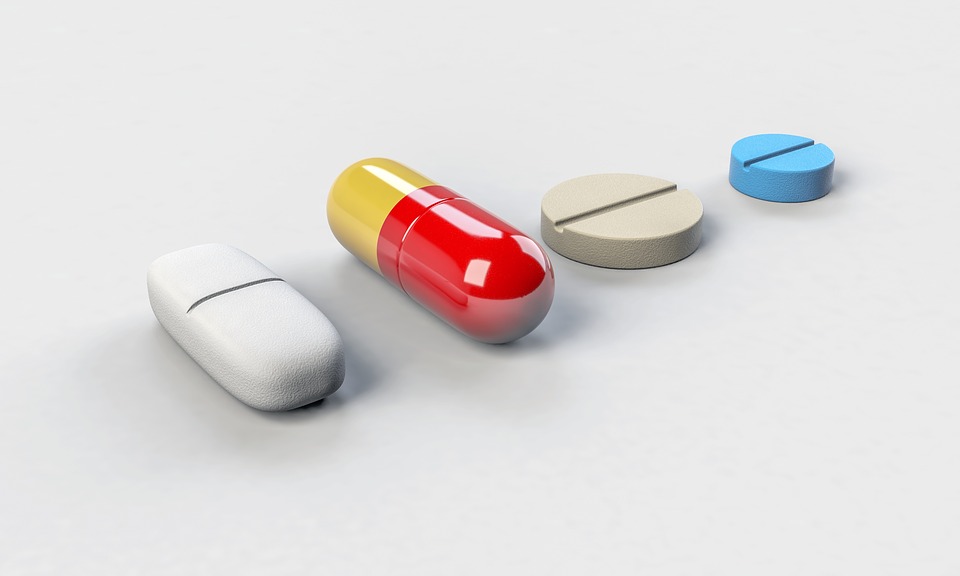Is There Treatment for Babies Born to Opioid-Addicted Mothers?

Many of those addicted to opioids are pregnant women. Some of these women are taking drugs they have been prescribed for pain, while others are taking illegal street drugs such as heroin. In either case, many of them are addicted, which can result in their babies being addicted as well. When that is the case, babies will generally exhibit withdrawal symptoms shortly after birth. Without treatment, those symptoms could even be fatal. However, there are treatment options available and they are constantly evolving.
What is Neonatal Abstinence Syndrome (NAS)?
When a baby is born addicted to opioids it is known as neonatal abstinence syndrome (NAS). Babies typically start to show symptoms of NAS anywhere from 24 to 72 hours after being born.
One of the most common symptoms of NAS is the high-pitched, piercing scream. Tremors, vomiting, sweating, fever, and difficulty breathing, sleeping, and eating are a few other symptoms.
Treatment for NAS in Ohio
Treatment for babies addicted to opioids typically begins with simply trying to make them more comfortable. This often includes dimming the lights, keeping the area around the baby quiet, and swaddling them. Some hospitals even have volunteers that come in to hug and hold babies until they can fall asleep or otherwise calm down.
The American Academy of Pediatrics suggests in its guidelines that these measures can be very effective, and are better treatments than pharmaceuticals for newborns.
Many hospitals are further pioneering this method to allow the children to stay with their mothers. Any opioids in the mother’s breastmilk can help lessen the impact of the withdrawal symptoms and the bonding allows the baby to begin to heal.
Unfortunately, in the most severe cases, these treatments are not enough. When that is the case, babies are given drugs to ease their symptoms. Opioids are often the first choice, as they will reduce the baby’s withdrawal symptoms. Opioids typically given to addicted newborns are a tincture of opium, neonatal morphine, methadone, and paregoric. Barbiturates and clonidine are two other pharmacological treatments used on children born to opioid-addicted mothers. Benzodiazepines such as diazepam and lorazepam are also sometimes used in treatment, as are phenothiazines such as chlorpromazine.
When drugs are used to treat a newborn’s opioid addiction, the dosage given will gradually be reduced over a number of days or weeks, to slowly wean the child off the drug.
Problems with Pharmacological Methods
The American Academy of Pediatrics, and many doctors throughout the country, agree that treating babies born to opioid-addicted mothers with opioids is not always the best solution. The only real benefit it brings is to reduce the withdrawal symptoms in the child, which at times is very necessary.
However, using pharmaceuticals can actually increase the time a baby spends in the hospital after birth. While newborns typically leave the hospital within two days after birth, one being treated for an opioid addiction stays for an average of 16 days. Such a long hospital stay could interfere with the maternal-infant bonding that should happen shortly after birth.
To avoid these complications, it is important that doctors find the balance between providing the right amount of medication to ease a child’s symptoms, without providing so many drugs that the baby remains addicted.

